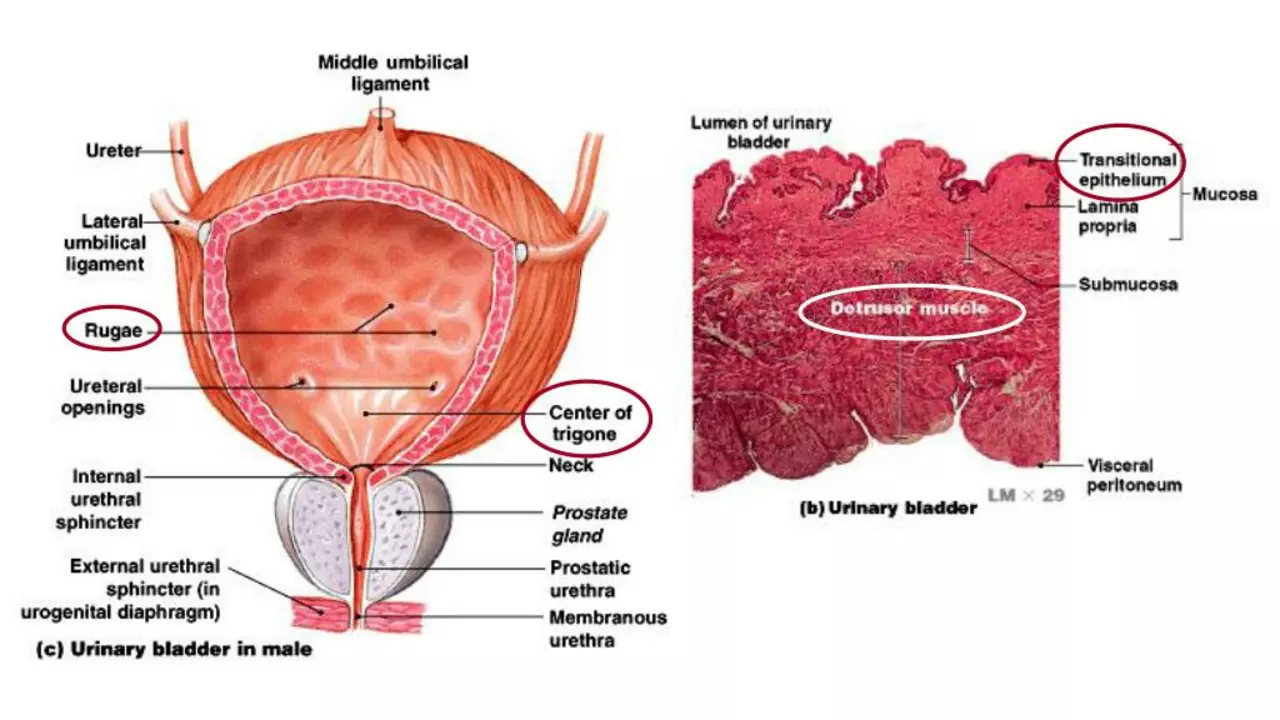Bladder Health: What to Watch For and How to Fix Common Issues
Did you know bladder problems are one of the top reasons people visit a doctor? If you’ve ever felt sudden urgency, burning when you pee, or waking up at night to go, you’re not alone. These symptoms can come from simple causes or signal something that needs medical care. Below I’ll give practical, usable steps to help you feel better and know when to see help.
Quick signs, what they mean, and when to call a doctor
If peeing stings, you have cloudy urine, or a mild fever, that often points to a urinary tract infection (UTI). Severe pain in the lower belly, blood in urine, high fever, or not being able to pee at all mean go to urgent care or the ER. Don’t wait if you feel very unwell—kidney infections can follow untreated UTIs and get serious fast.
For ongoing urgency or leaking (incontinence), keep a short diary: note fluid intake, how often you pee, and when leaks happen. That helps your clinician pinpoint whether it’s overactive bladder, pelvic floor weakness, or something else.
Everyday fixes that actually help
Hydration matters. Drink regularly through the day—concentrated urine can irritate the bladder. But don’t overdo it; extreme drinking makes urgency worse. Cut back on bladder irritants like caffeine, alcohol, artificial sweeteners, and acidic sodas for a few weeks and watch for improvement.
Try timed voiding: go to the toilet on a schedule (for example every 2–3 hours) and slowly extend the time between visits by 15 minutes. This retrains the bladder and reduces urgency. Add pelvic floor exercises (Kegels) if leaking is the problem—tighten the pelvic muscles for a count of five, relax, repeat 10 times, three times a day. If you’re unsure you’re doing them right, a physiotherapist can help.
For recurrent UTIs, simple hygiene helps—wipe front to back, avoid irritating feminine products, and pee after sex. Some people use cranberry products; trials show mixed results, but some women with frequent UTIs see fewer recurrences. Talk to your doctor before starting supplements.
Medications are useful when lifestyle changes aren’t enough. Short antibiotic courses treat UTIs. For urgency and overactive bladder, there are prescription options (antimuscarinics or beta-3 agonists) and newer non-drug treatments like nerve stimulation. Your doctor will help pick the safest choice for you.
Want to try a targeted approach? Keep a symptom log for one week, note patterns, and bring it to your appointment. That gives quick clues and speeds up finding the right fix. If you have recurring problems, ask for a urine culture or a referral for imaging or specialist evaluation.
Bladder issues are common and usually manageable. Small changes—timing fluids, cutting irritants, pelvic floor work, and getting prompt treatment for infections—make a big difference. If something feels off or worsens, see a clinician sooner rather than later.
The connection between bladder and urinary incontinence symptoms and prostate health
In my recent exploration of health issues, I've discovered a fascinating connection between prostate health and bladder or urinary incontinence symptoms. Essentially, an enlarged or inflamed prostate can press against the urethra, causing symptoms like frequent urination, inability to empty the bladder, and urinary incontinence. It's such a vital issue for men, particularly as they age, as the prostate naturally enlarges over time. It's crucial to maintain regular check-ups and adopt a healthy lifestyle to ensure good prostate health and mitigate these symptoms. Remember, knowledge is power, especially when it comes to our health.

